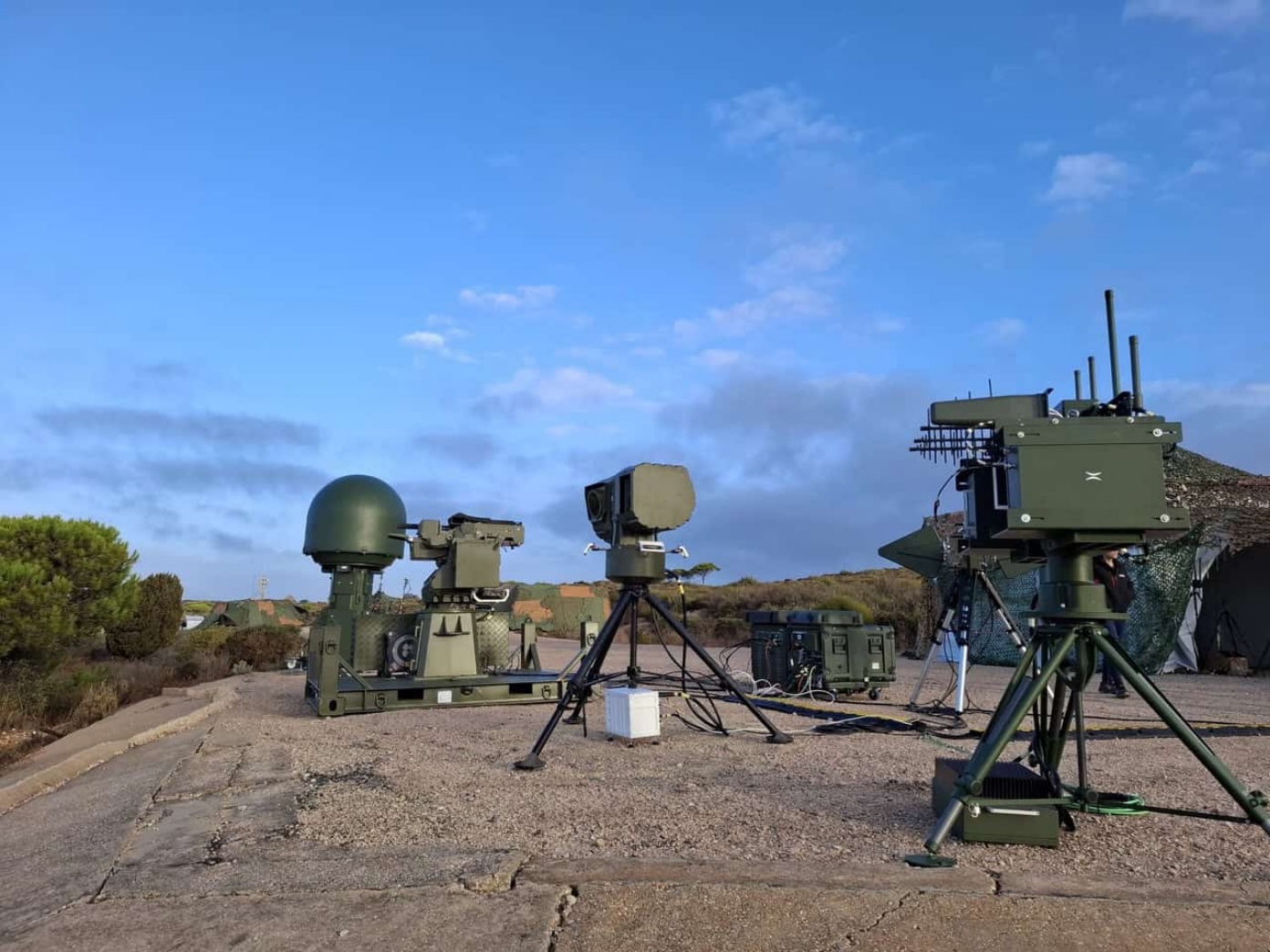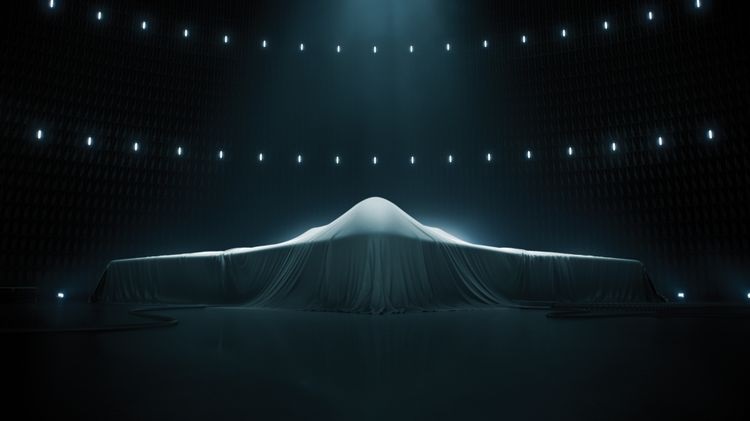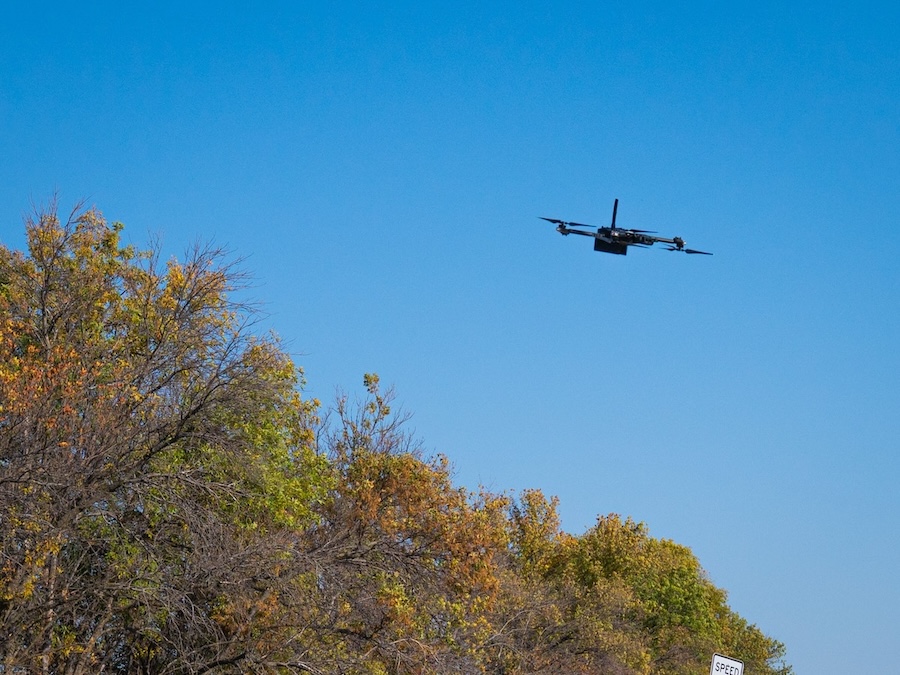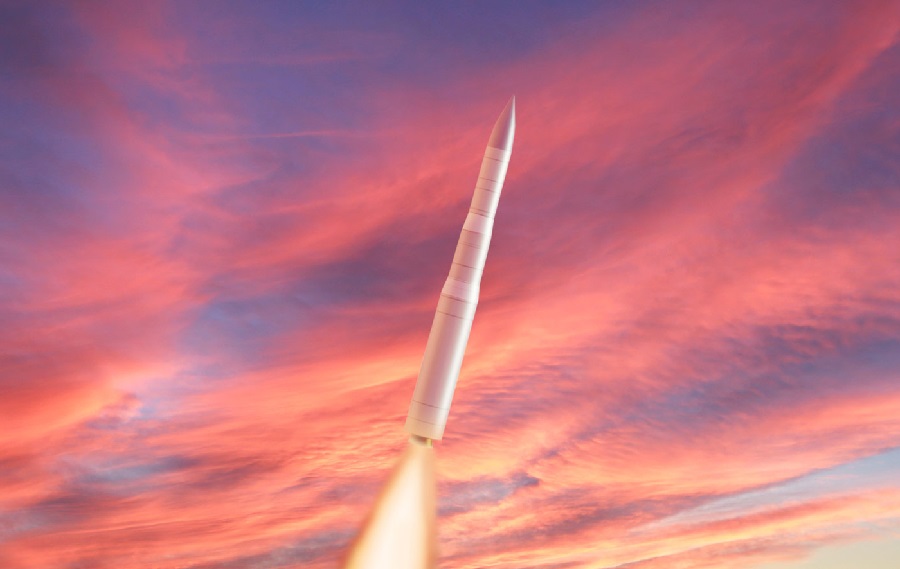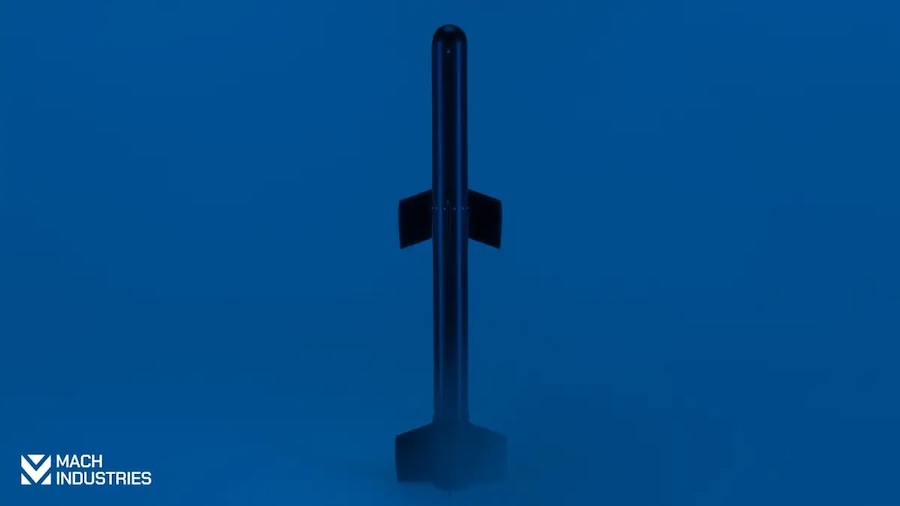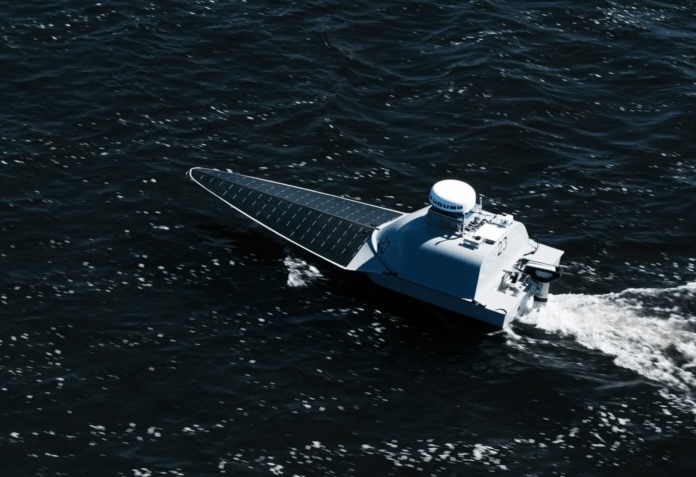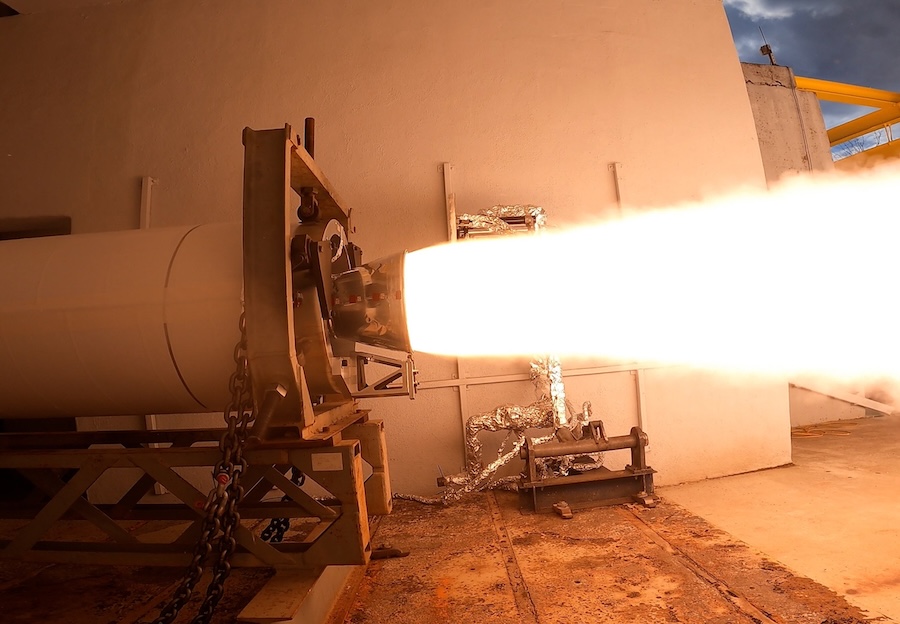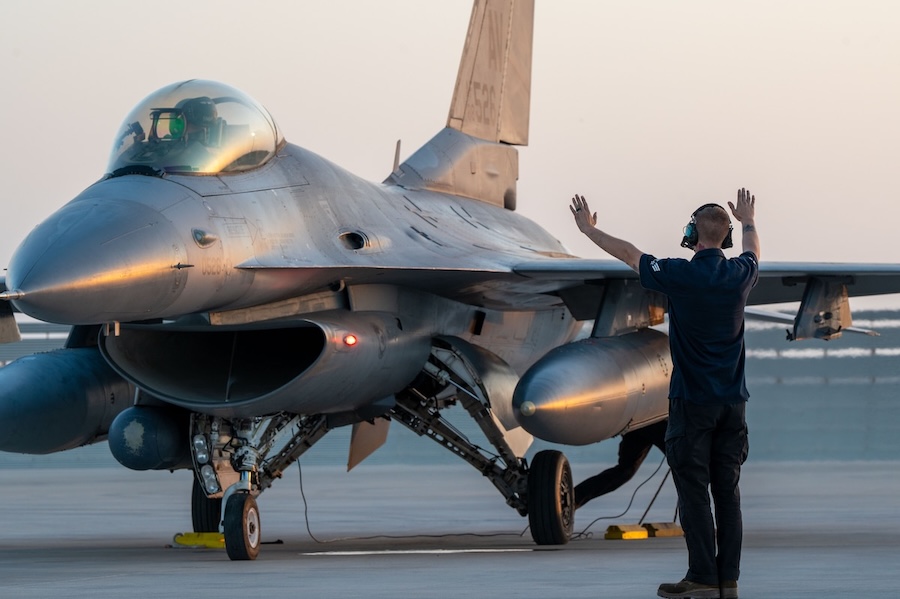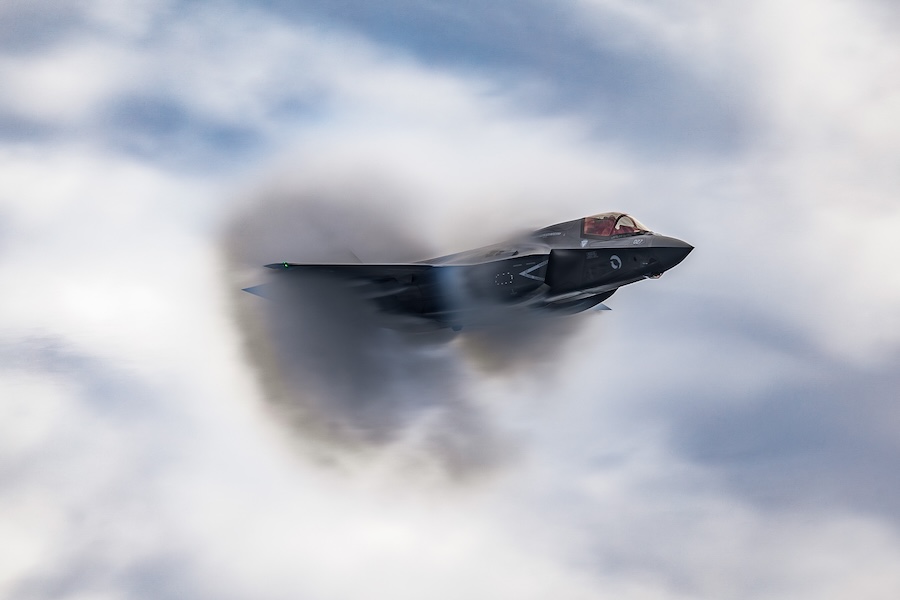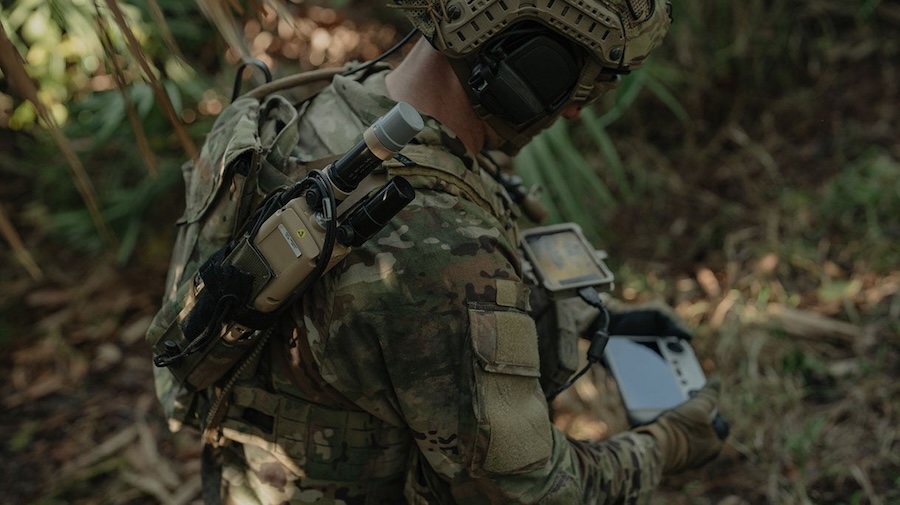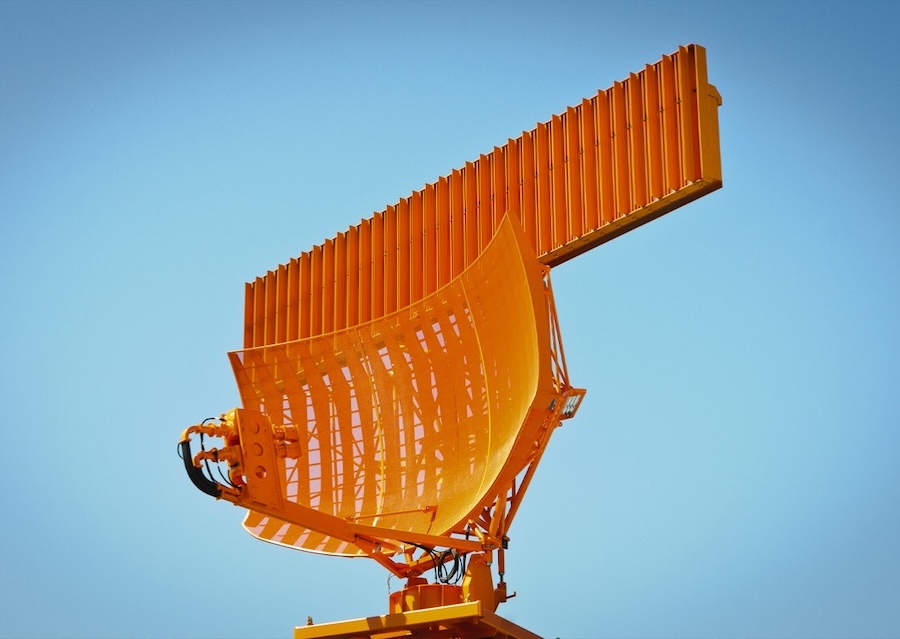“The Council of Ministers has to tranche that on Friday,” Francken told the Chamber, referring to the decision on the F-35 acquisition. The investment is estimated to cost between €1 billion and €1.5 billion.
This procurement follows last week’s agreement within the core cabinet on an updated defence strategy covering the period up to 2034, ahead of the upcoming NATO summit in The Hague. The updated plan signals a shift in Belgium’s defence posture, with an emphasis on preparedness and international cooperation.
Belgium’s overall defence budget is set to rise from €10.8 billion to €18.2 billion, reaching a total of €139 billion over the next decade. “Everything we did during the Cold War will return, and even more,” said General Harold Van Pee, underlining the scope of the planned build-up.
By 2035, the Belgian armed forces are expected to expand to 34,500 active soldiers, supported by 8,500 civilians and 12,800 reservists. €50 billion will be allocated to personnel costs, which Francken said would be sufficient to support the growth and address military social conditions.
“Discussions have been going on with the unions about this for a long time, but there is no agreement yet,” Francken added, acknowledging the complexity of the talks. A portion of the budget will also be directed towards air defence, with plans to invest in systems including Pioruns, Nasams, and possibly 20 German-produced Skyrangers.
Increased cooperation with Germany could follow, according to Francken, who noted, “because it is becoming a leading force.” He also confirmed progress on a new medical hub, calling the existing facility in Neder-Over-Heembeek “actually a disgrace.”
Belgium will aim to maintain defence spending at 2 per cent of GDP through 2033, rising to 2.5 per cent in 2034, in line with NATO obligations. However, Francken pointed out that the new NATO benchmark is 5 per cent of GDP by 2035, with 3.5 per cent earmarked specifically for military expenditures.
“You can establish a political vision for the long term, but policy is always partly responding to current events,” Francken concluded. “I predict: a lot is going to happen in the coming years.”
Source: Belga News Agency.







